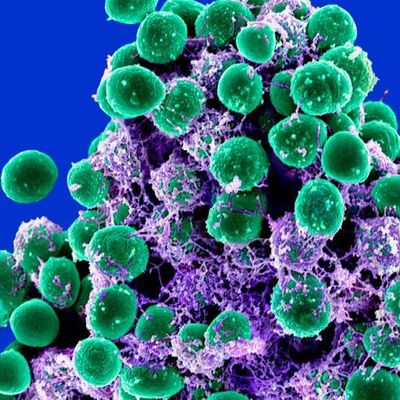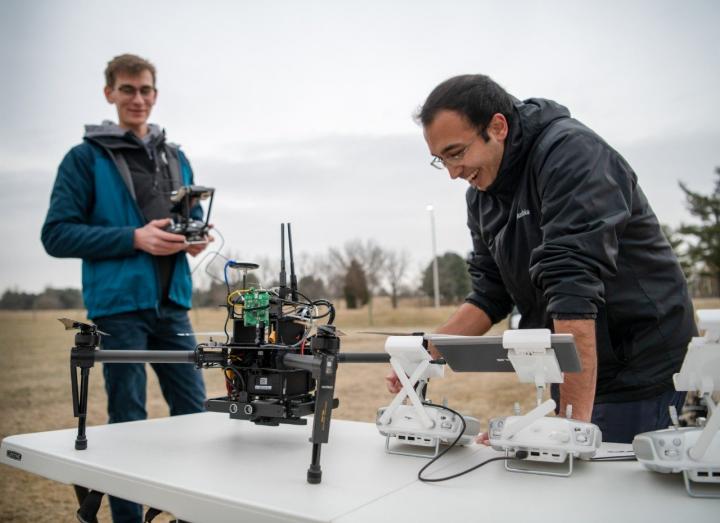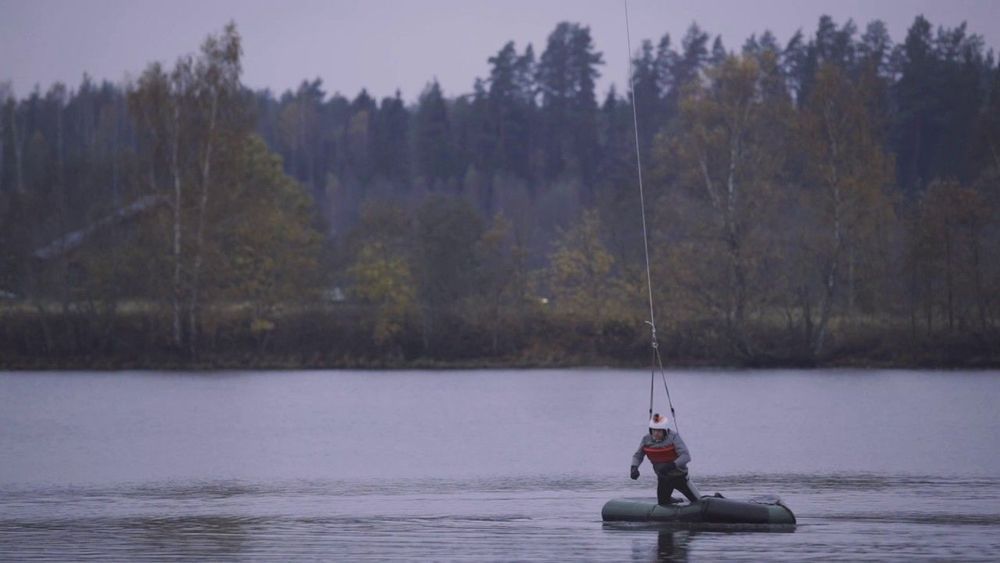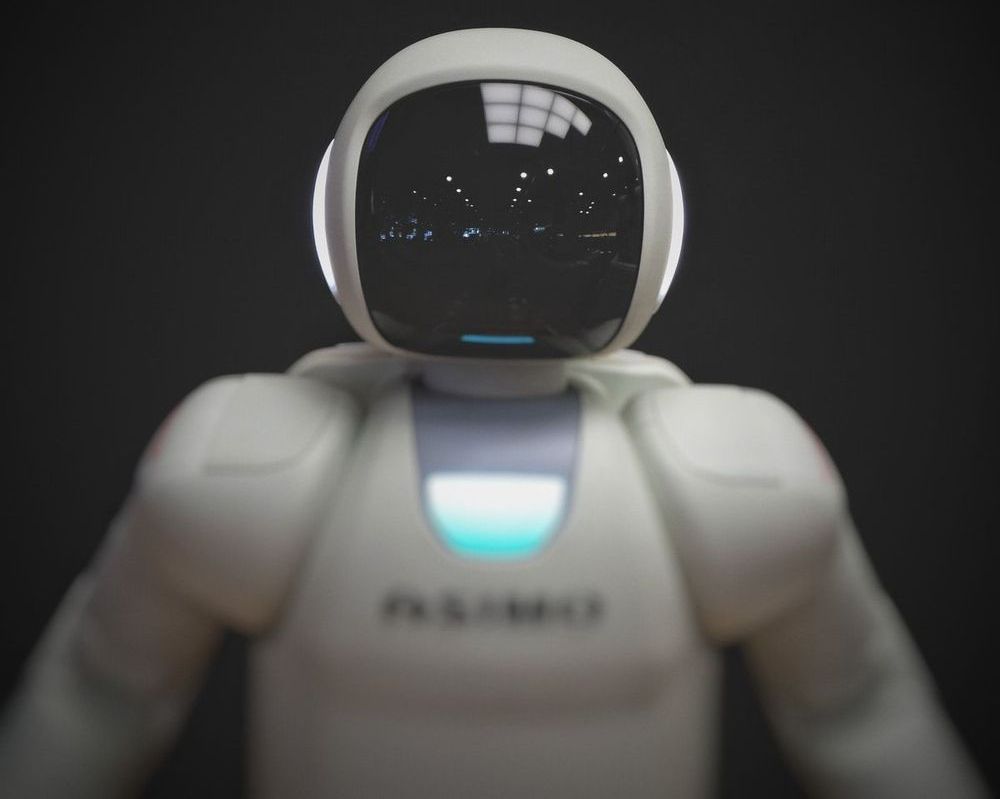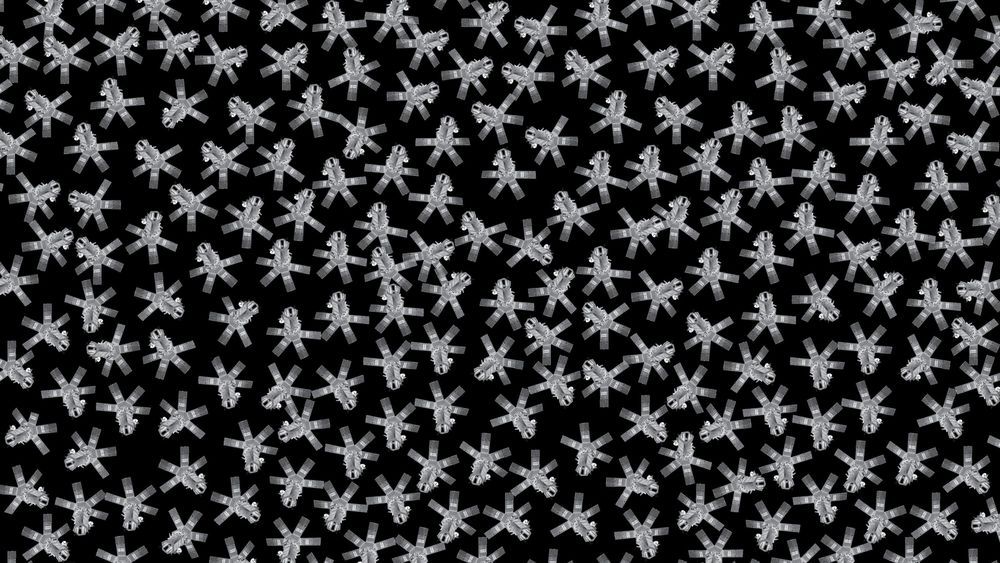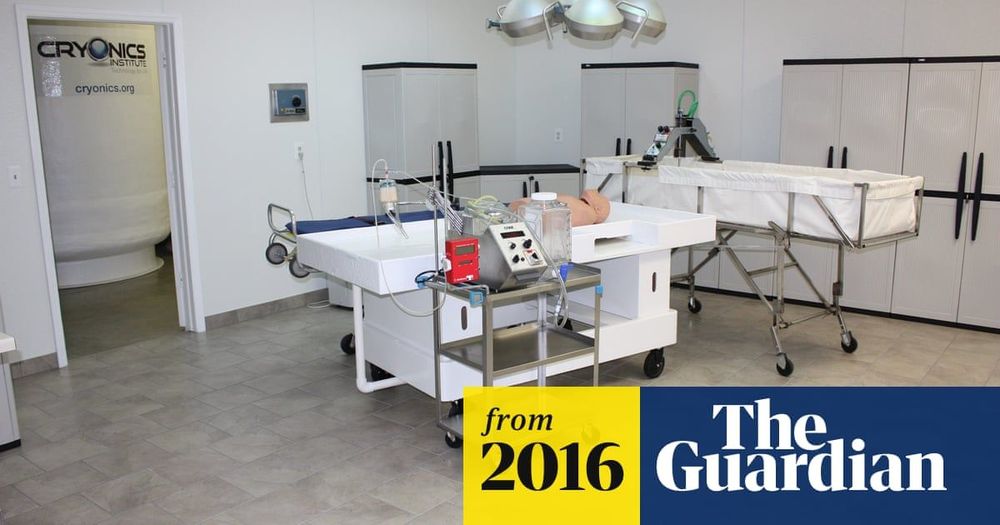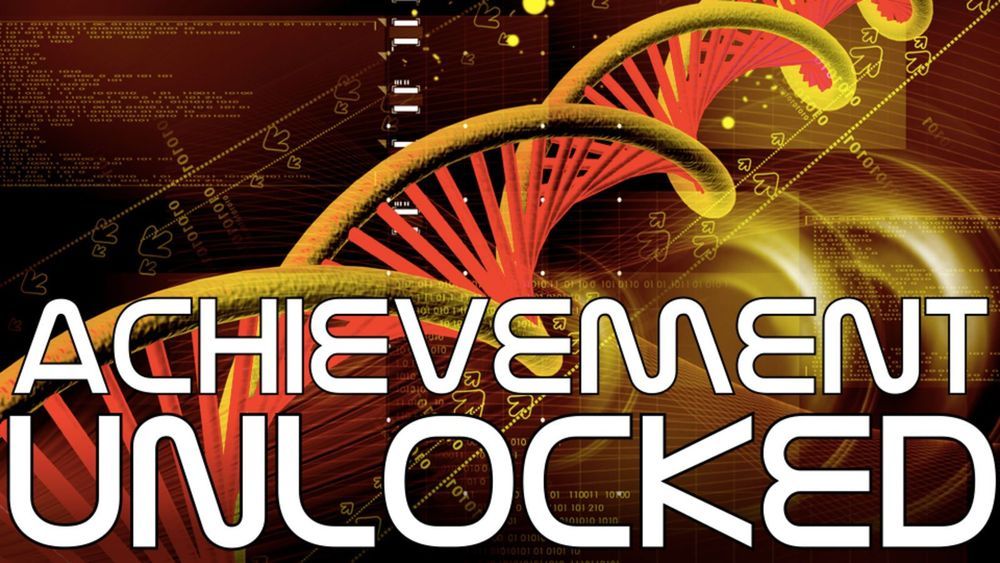Jul 2, 2019
U.S. Army Making Synthetic Biology a Priority
Posted by Klaus Baldauf in categories: bioengineering, biotech/medical, military
New thermal cloaking, insect proof uniforms are on the horizon, if the U.S. can get out in front of China.
The U.S. Army’s new Futures Command is accelerating research into synthetic biotechnology to help the military develop next-generation living camouflage and other never-before-seen organisms and materials.
Dimitra Stratis-Cullum, who is overseeing the research in synthetic biology for the U.S. Army Research Laboratory’s Combat Capabilities Development Command, detailed the effort on Thursday at the fourth annual Defense One Tech Summit.
